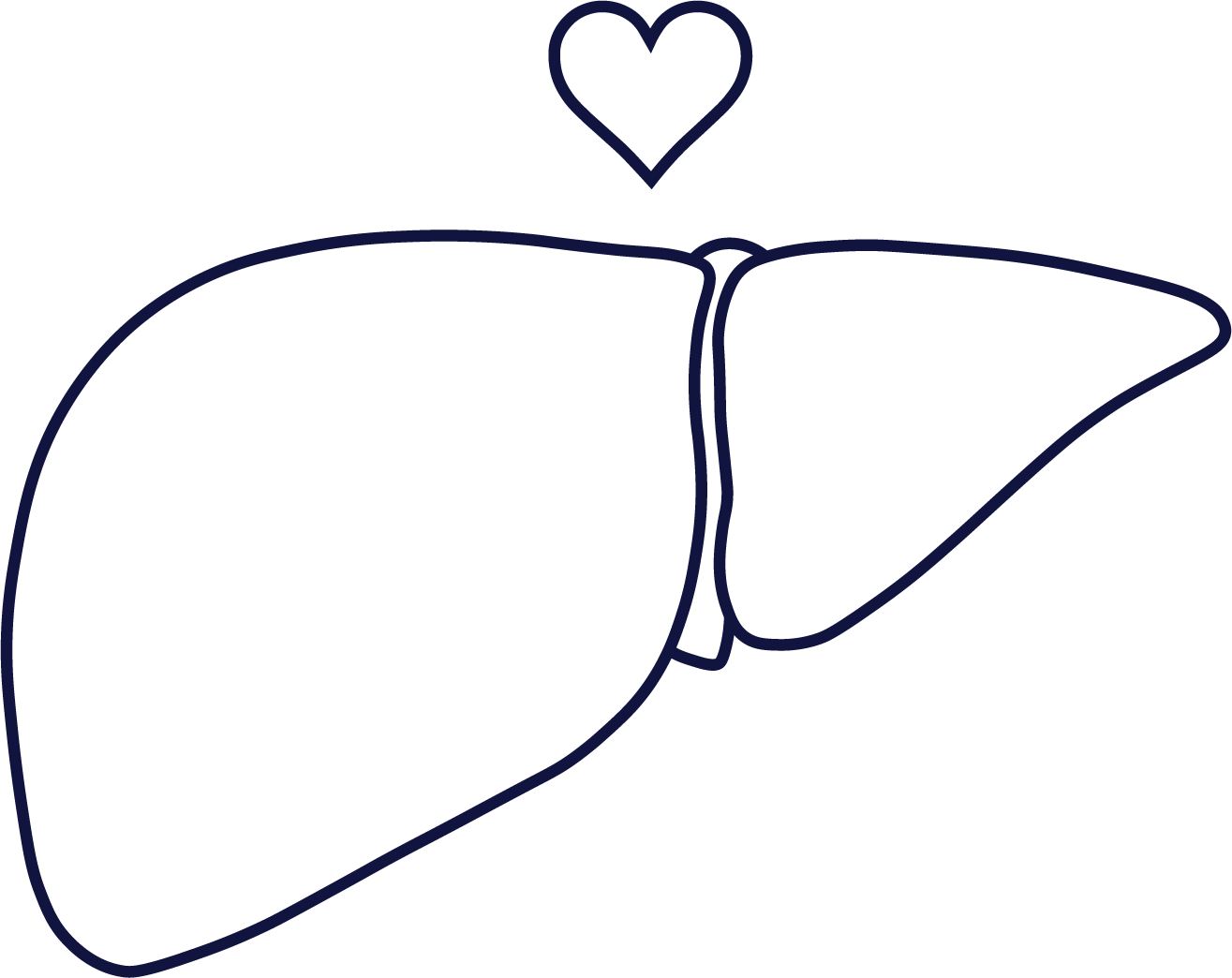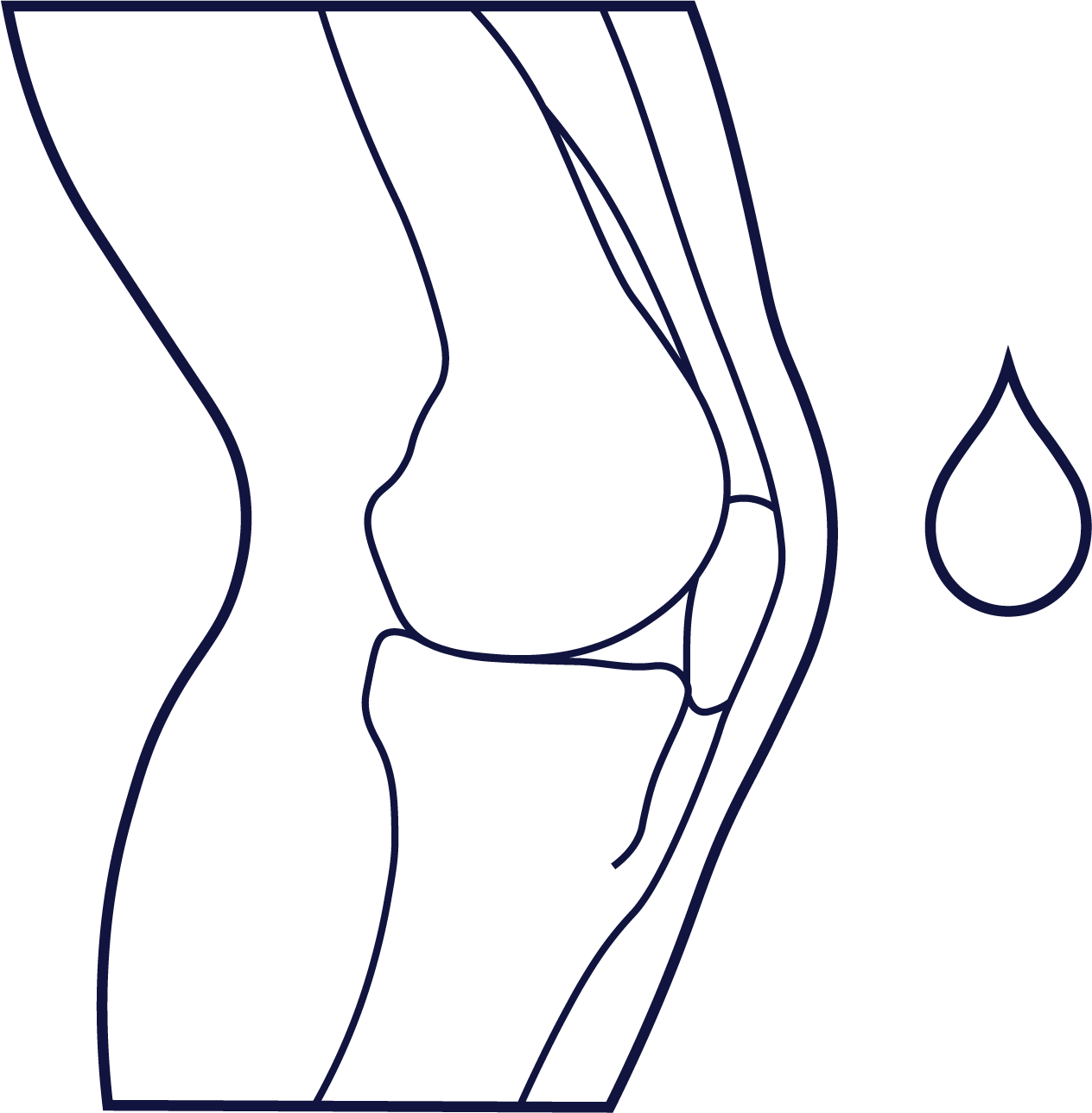Burdock, also known as Arctium lappa or greater burdock, is a biennial plant in the sunflower family.
It is planted in the spring and harvested in the fall of its first year, when the roots contain the greatest amount
of nutrients.
If left to continue growing, burdock will bloom purple-pink flowers atop globular burrs
and produce seeds in its second year. With its heart-shaped leaves and slender carrot-shaped root, burdock
can grow to a depth of approximately two feet. Its outer layer is brown, its inside is white and it has an
earthy or mildly bitter taste.
Native to Eurasia, burdock root has been used therapeutically for centuries
in Europe, Asia and North America as a detoxifying and restorative medicinal herb and culinary ingredient.
Both Eastern and Western Herbalism have used burdock for its cleansing and strengthening power.
Traditional herbalism has referred to burdock as an alterative, blood purifier and hormone balancer.
Its effects are cumulative and with daily consumption burdock root tea gently improves metabolism,
overall body function and blood condition.



